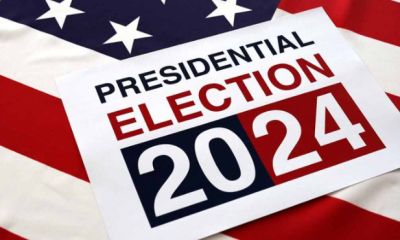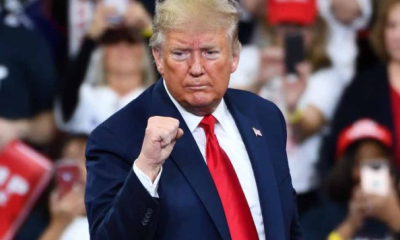California is famous for burdening its power network, implementing controlled power outages in times of high demand and crises. Patricia Poppe, Chief Executive Officer of Pacific Gas and Electric (PG&E), is confident that she has discovered an alternative approach that avoids relying on diesel generators as a backup solution (which is the current backup plan when the grid faces excessive demand). Instead of resorting to existing oil resources, Poppe proposes the utilization of electric vehicles (EVs) to supply electricity back to the grid for general use.
The technology involved in this process, referred to as bi-directional charging, is not presently accessible. PG&E is collaborating with various automakers to incorporate this technology into a wider range of EV models.
Although most current EVs can serve as a backup battery for residences, they lack the capability to feed power back into the grid. Mark Toney, a spokesperson for TURN (The Utility Reform Network), envisions EVs as a potentially substantial and untapped energy reservoir. He suggests that because EVs are parked approximately 95% of the time, the energy stored in their batteries could be readily supplied to the power grid once the necessary technology becomes available.
California’s environmental agenda envisions a future where widespread adoption of electric vehicles (EVs) occurs, alongside a power grid capable of efficiently and securely charging an estimated 12.5 million EVs by 2030. Senate Bill 233, should it be approved, would enforce the incorporation of bi-directional charging technology as a mandatory feature in all new EVs.
Despite this ambitious aim, the Pacific Research Institute highlights that the state is presently unable to meet the grid-related objective within the specified timeframe. This circumstance has led PG&E to propose the utilization of EVs as a means to contribute power to the public grid.
Should this concept come to fruition, California will need to determine a strategy for compensating individuals for the power generated by their personally owned EVs. Additionally, consumers will be responsible for covering the expenses associated with integrating bi-directional charging technology into EVs, which could potentially result in a significant cost increase per vehicle, amounting to thousands of dollars.













